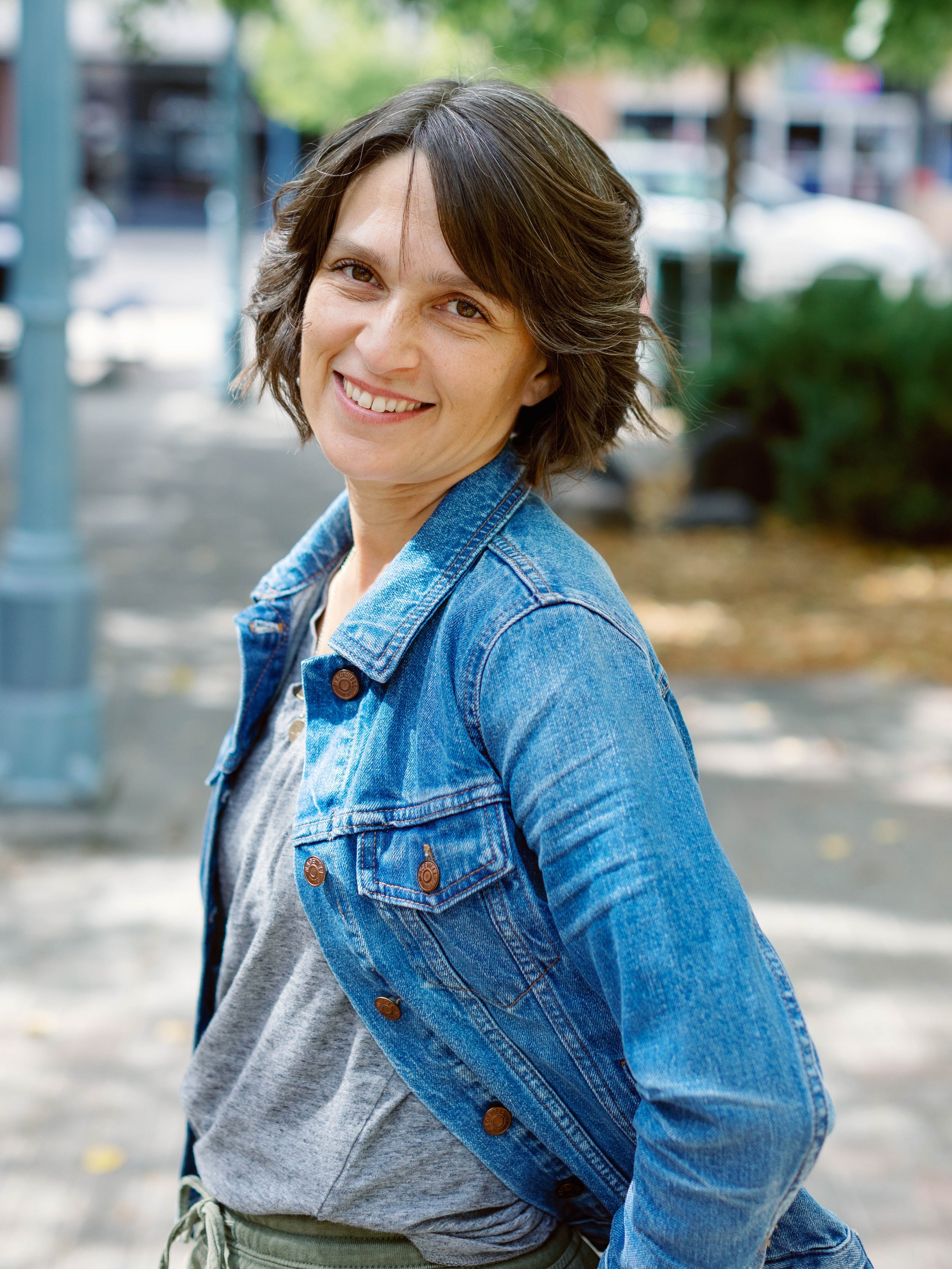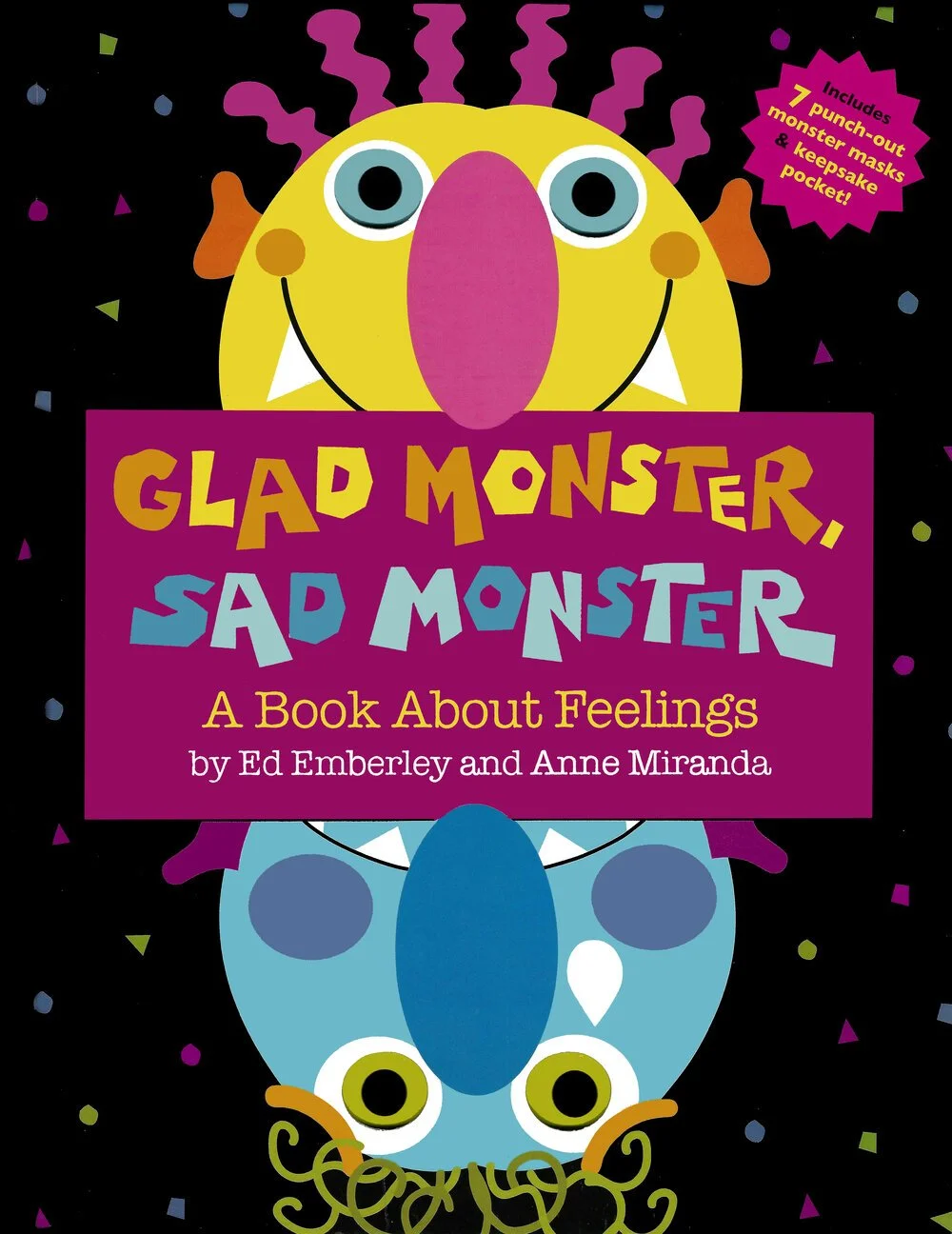Social Emotional Learning Picture Books with Jamie Robyn Wood
We are so excited to have Jamie Robyn Wood join us today to share information about Social Emotional Learning Picture Books!
Jamie Robyn Wood is the author of Bearskin, a Young Adult fairy-tale retelling published by Sweetwater Books in 2015. A graduate of Vermont College’s MFA program in Writing for Children and Young Adults, Jamie is a believer in the power of story and creativity in our lives. Jamie keeps herself busy writing, editing, and teaching ballet. She also has lots of pets.
Though I studied picture books during my MFA and spent many years reading picture books to my own children, my first experience with social emotional picture books came from an unexpected quarter: teaching ballet. At the particular dance studio I trained with, books were often used to help our very youngest dancers connect with movement in an imaginative way. Each month we emphasized a different facet of dancing and tied it to story. This meant that when the time came to address emotions in dance, social emotional picture books became the obvious choice.
At the time, I wouldn’t have known the proper term for this type of book. Instead, I saw the books as a way to help children inhabit different emotions, learn about what those emotions looked like and felt like, and see how they could incorporate those emotions – or choose not to – in what they were doing. Two books I’ve used regularly when teaching about emotion in dance are: Glad Monster, Sad Monster A Book About Feelings by Ed Emberley and My Heart Is Like a Zoo by Michael Hall.
In Glad Monster, Sad Monster each emotion is described in several different scenes, allowing the child to see that emotions are normal under varied circumstances and that it’s not wrong to feel any one emotion in a certain way. Since this book also comes with masks to match the different emotions, children have the ability to take on an emotion and act it out. While it makes sense for dancers to “take turns” with emotions and to understand how the same dance steps can be performed differently to represent different emotions, the same theory applies to a child reader. Books like Glad Monster, Sad Monster provide a vehicle for children to try on and practice emotions without the risk that comes in an actual moment of frustration or anger or sorrow.
In My Heart Is Like a Zoo, Michael Hall uses heart shaped animals to describe many different emotions, ranging from the typical to the less known. By the end of the book the animals have been gathered together as stuffed animals in one child’s room, allowing the child to keep all their emotions and experience them when necessary. Every animal in the zoo provides comfort to the child, in its own way. Social emotional picture books often help a child see how their emotions can be both embraced and managed in a healthy way.
In my opinion, the best of social emotional picture books steer away from the didactic and lean toward the explorative and creative aspects of childhood. Imagination is a powerful tool for learning and a child caught up in play or dance will more readily accept the ideas being expressed in a social emotional book. Since my entry to these books came from the avenue of dance, it’s not surprising I would continue to use the same educational rubric when evaluating the strength of a social emotional picture book now. Does the story invite the child into curiosity? Does the story help the child build understanding through imagination and play?Almost every child shies away from a heavy-handed attempt at lesson, but all of us want to understand ourselves better, especially within the safe confines of a supportive and intriguing book.




